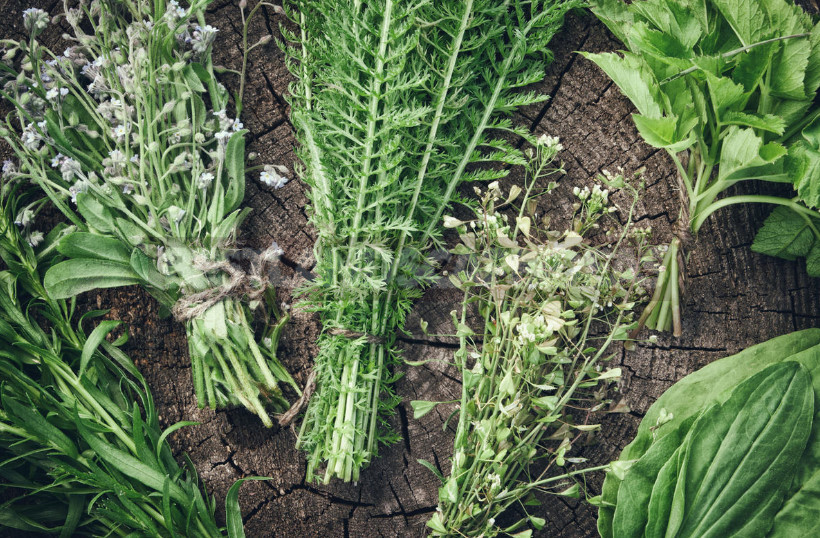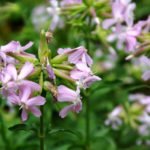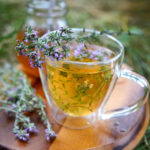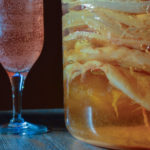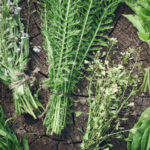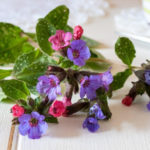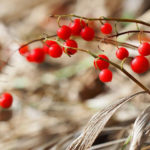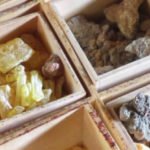Melissa officinalis
Melissa officinalis has many names. It is a popular spicy, spicy-aromatic and medicinal plant often found in our gardens.
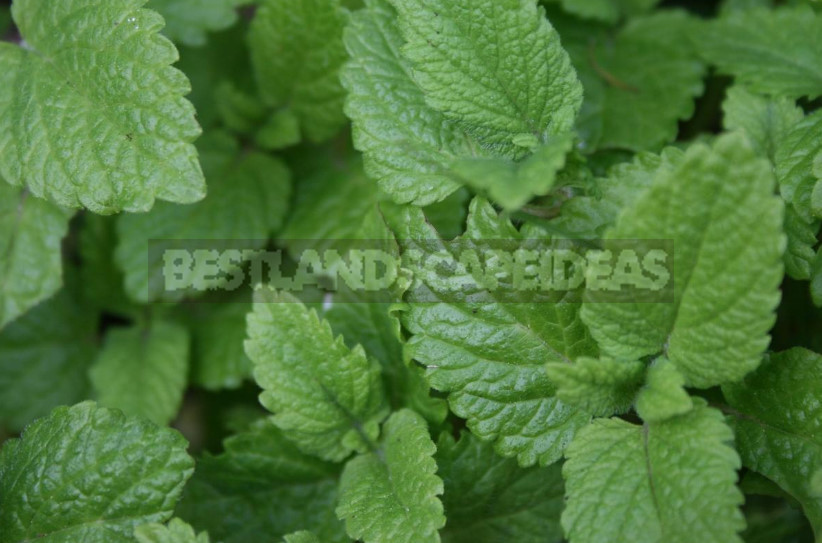
Preparations Melissa officinalis have a soothing, antispasmodic, anti-inflammatory, analgesic, antibacterial, wound healing, restorative effect. There is also information about its antiviral and antifungal properties.
Decoctions, infusions, tinctures, oil Melissa officinalis are used in the treatment of diseases of the gastrointestinal tract, colds and flu, asthma, diseases of the nervous system, vascular dystonia, heart failure, hypertension, atherosclerosis, joint diseases, menopausal disorders, gynecological diseases. This plant is very useful for the elderly and for those who are recovering from physical or mental exhaustion.
Externally, Melissa preparations are used for rheumatism, furunculosis, trophic ulcers, dermatitis (including allergic), inflammation of the oral cavity; for therapeutic baths — with neuroses, insomnia. Melissa officinalis oil is also used for cosmetic purposes.
Contraindications to the use of Melissa are hypotension and bradycardia; when using plant preparations, it is necessary to adhere to the recommended dosages and duration of administration; overdose can lead to violations of the sexual glands.
As a medicinal raw material, the grass (tops of flower shoots) or the leaves of Melissa officinalis are harvested during the flowering of the plant. Dry in a well-ventilated area; you can use the dryer at a temperature of +35 degrees. Shelf life — 2 years.
Mentha piperita
Mentha piperita can be called one of the most popular spicy-aromatic plants: it is cultivated in many countries around the world and is widely used in cooking, in the perfume and pharmaceutical industry, in folk medicine.
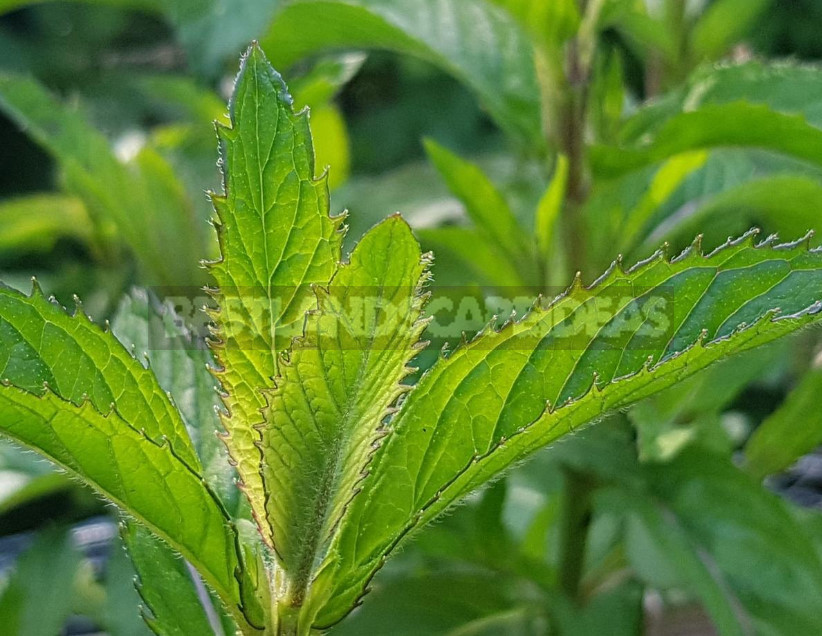
Mentha piperita has anticonvulsant, analgesic, soothing, anti-inflammatory, expectorant, antipyretic, disinfectant, sweatshop, carminative, choleretic action. Its preparations contribute to the expansion of blood vessels, the revitalization of the stomach and intestines, increase appetite.
Traditional medicine uses peppermint in the treatment of cardiovascular diseases, disorders of the nervous system, headache, hypertension, atherosclerosis, inflammatory diseases of the upper respiratory tract, asthma, liver and gallbladder diseases, urolithiasis, diseases of the gastrointestinal tract.
Externally, Mentha piperita drugs are used for inflammatory diseases of the oral cavity and throat, skin diseases, rheumatism, radiculitis, osteochondrosis, arthritis, arthrosis. This plant has found its application in home cosmetics: for lotions, masks, compresses and other products that have a tonic, nourishing, softening effect on the skin.
It is not recommended to take oral drugs Mentha piperita during pregnancy and hypotension. Possible individual intolerance. With caution should be approached to the use of plants those who suffer from varicose veins. It is important to adhere to the recommended dosages: excessive use of mint can provoke heart pain and shortness of breath.
Capsella bursa pastoris
This inconspicuous herb grows everywhere, Capsella bursa pastoris — a common garden weed. Pulling it from the root, do not rush to throw away, because the plant is medicinal.
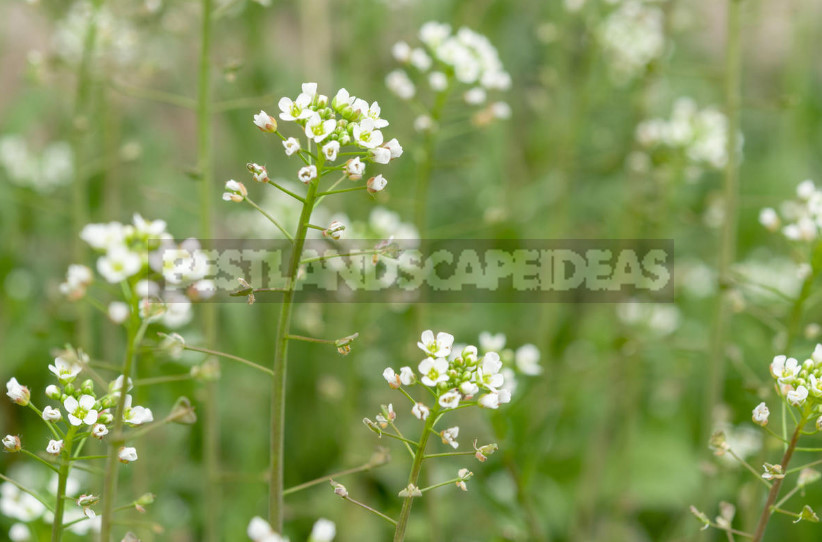
Due to the high content of vitamin K in the grass Capsella bursa pastoris, it is considered one of the best natural hemostatic agents. This property is used by folk medicine for all types of uterine, pulmonary and gastric bleeding, hemorrhoids, external wounds, ulcers and hematomas.
Also, the drugs Capsella bursa pastoris help to reduce the smooth muscles of the uterus and intestines, narrow peripheral vessels. Infusions, decoctions and tinctures of grass are used for painful menstruation, cystitis, salt metabolism disorders, climacteric disorders.
For medicinal purposes, the grass is harvested during flowering. Dried in a well-ventilated area or outdoors in the shade. Shelf life — 1 year.
Artemisia absimtium
Elegant silvery bushes of Artemisia absimtium everywhere. This plant is not easy: and the benefits of it are considerable, but also can bring harm. On the one hand, Artemisia absimtium has long been used as a natural insecticide (a means of insect pests) and medicinal raw materials; it is also used in the production of alcoholic beverages. On the other hand, blooming Artemisia absimtium is a strong allergen, and if used incorrectly for medicinal purposes, this plant can provoke convulsions, hallucinations, increased nervous excitement.
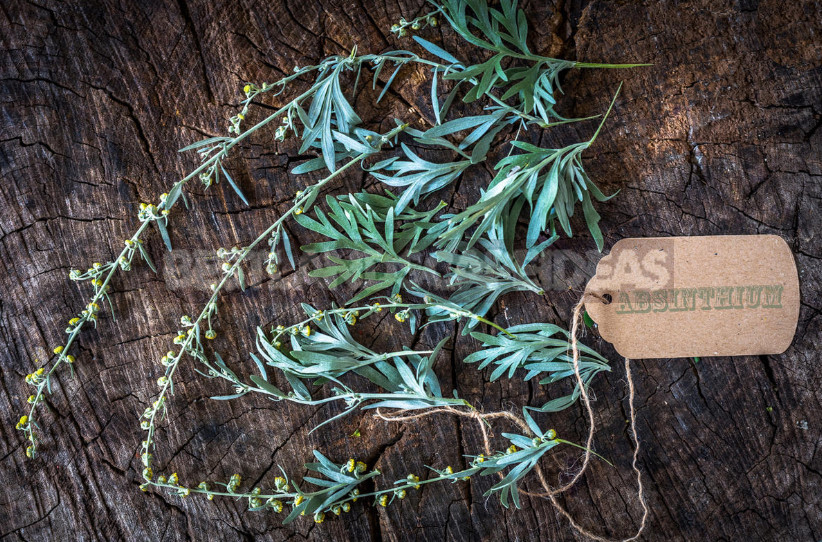
Preparations Artemisia absimtium increase appetite, stimulate the activity of the digestive system, have anti-inflammatory, antiseptic, wound healing, choleretic, anthelmintic action. Folk medicine uses them in diseases of the gastrointestinal tract, helminthiasis, rheumatism, hemorrhoids.
Important! Ingestion of wormwood requires strict adherence to the recommended doses.
Externally wormwood is used as a hemostatic, wound healing, analgesic, anti-inflammatory agent for wounds, bruises, ulcers, sprains and dislocations (in the form of lotions or compresses from fresh grass).
As a medicinal raw material, the aboveground part of the plant is harvested during flowering (the tops of shoots are 20-25 cm long). Dried in a well-ventilated area or under a canopy in the open air. You can use the dryer at a temperature of +40…+50 degrees. Shelf life — 2 years.
Matricaria chamomilla
Understand daisies is not so easy — this name is called a variety of plants, and the necessary medicinal properties has only one. Matricaria chamomilla looks similar to Matricaria inodora, in order to distinguish them confidently, practice is necessary. But there is a sign that allows you to do this even for those who have forgotten or did not know the rest of the signs of the “correct” chamomile: only her inflorescence-basket hollow inside.
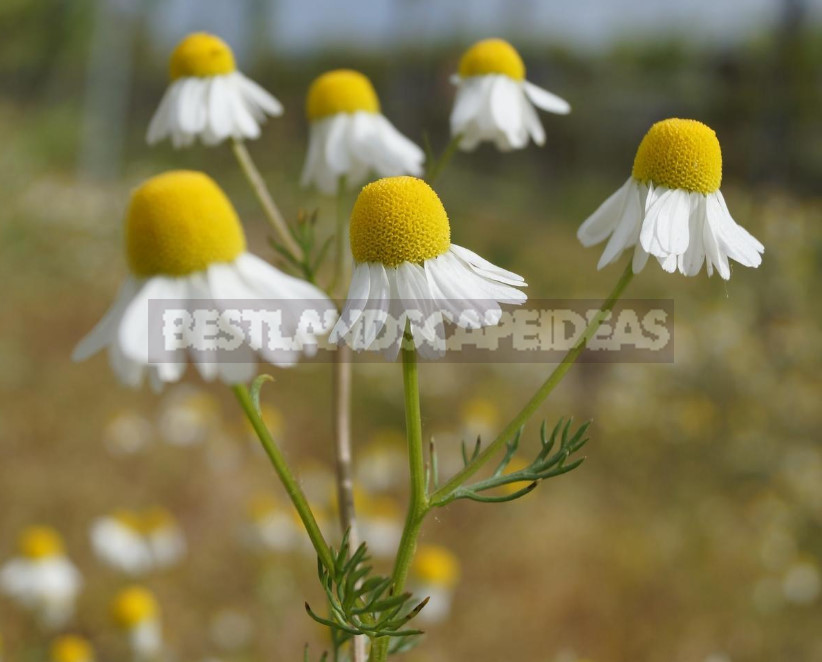
Preparations Matricaria chamomilla have anti-inflammatory, antispasmodic, antiseptic, soothing, diaphoretic, choleretic, carminative effect; help to improve appetite; stimulate tissue regeneration. Decoctions and infusions of inflorescences are used for digestive disorders, acute and chronic diseases of the gastrointestinal tract, liver and gallbladder diseases, gynecological diseases.
Externally, chamomile preparations are widely used in various skin diseases, inflammation of the oral cavity and throat, hemorrhoids, allergic dermatoses. Bath with chamomile decoction is used for gout, rheumatism, eczema, insomnia, nervous and physical strain. In home cosmetics decoctions and infusions of plants are used for hair and skin care.
The flower baskets of Matricaria chamomilla are harvested at the beginning of flowering — while the white marginal flowers are arranged horizontally. Dry in the shade in the open air, without turning over, so that the baskets do not crumble; you can use the dryer at a temperature of +35…+40 degrees. Shelf life — 1 year.
Aegopodium podagria
When a bad weed — Aegopodium podagria — blooms, it is time to harvest the grass as a medicinal raw material.
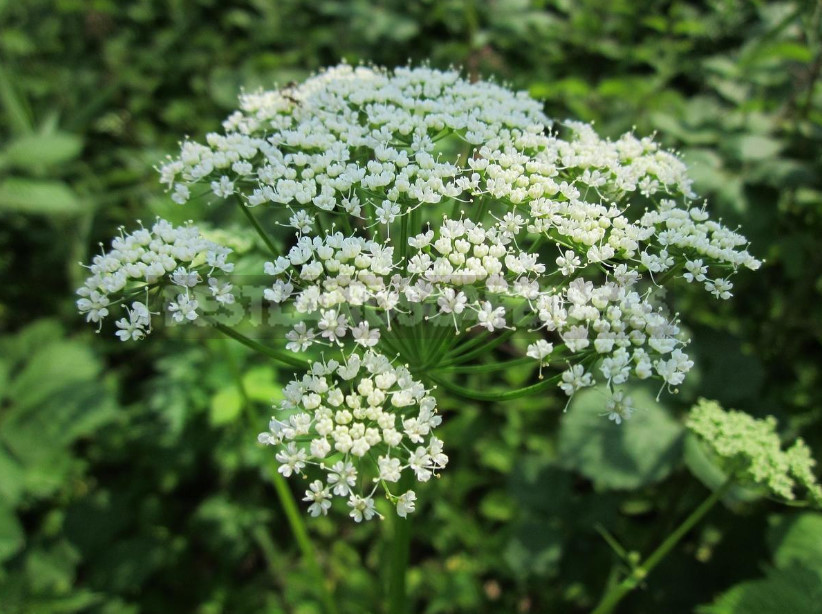
Herb Aegopodium podagria has anti-inflammatory, analgesic, wound healing effect; eating fresh grass contributes to the normalization of salt metabolism and improve the digestive tract (fresh plant is used before flowering). Aegopodium podagria drugs are used in folk medicine for gastrointestinal diseases, gout, rheumatism, bladder diseases; externally — also in diseases of the joints, inflammation and fungal diseases of the skin.
The harvested raw material is dried in the shade outdoors or in a dryer at a temperature of +20…+25 degrees. Shelf life — 1 year.
Thymus serpyllum
Flowering Thymus serpyllum, looks very elegant, and it is often grown as an ornamental plant. Pleasant strong aroma and bitter taste are appreciated by cooks, and medicinal properties are used by healers from ancient times.
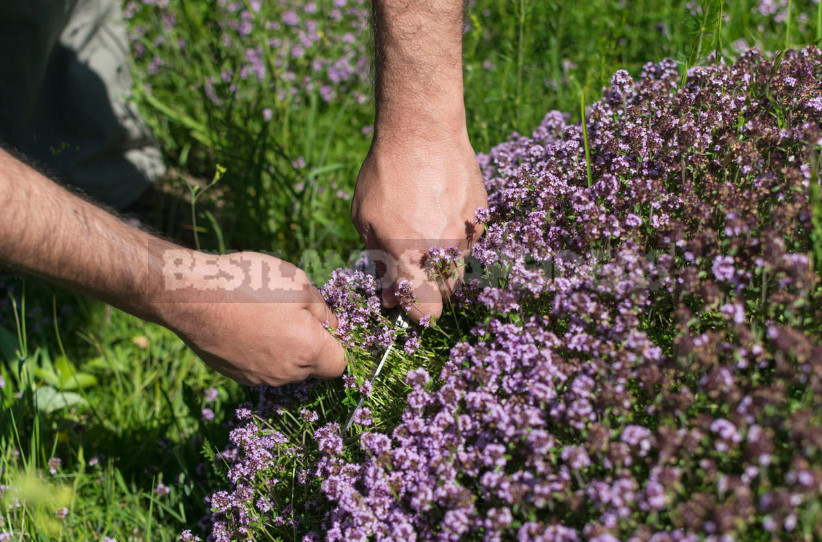
The high content of essential oil is due to the antiseptic and antiseptic effect of the plant; also Thymus serpyllum has a soothing, anti-inflammatory, expectorant, analgesic, wound healing, diuretic, diaphoretic, carminative, anthelmintic, antitumor action.
As a medicinal raw material, Thymus serpyllum grass is harvested during flowering, cutting with a pruner so as not to damage the root system. Dried in well-ventilated areas or under a canopy, and then threshed, removing coarse stems. Store in a dark place in a tightly closed container for 1 year.
Equisetum arvense
“Christmas trees” Equisetum arvense are abundant in moist acidic soils; to know this plant is not difficult.
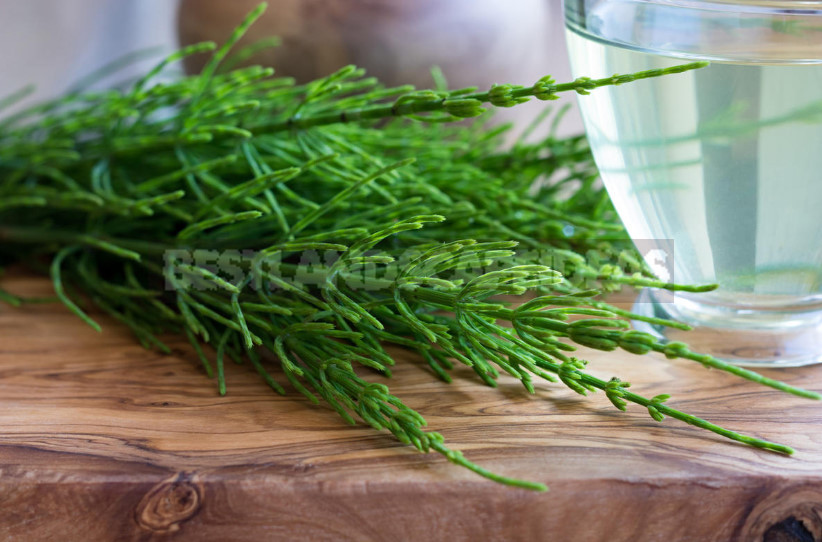
Equisetum arvense drugs have diuretic, anti-inflammatory, hemostatic, wound healing, astringent, restorative effect. They are effective in diseases associated with metabolic disorders (obesity, gout, etc.), inflammatory diseases of the kidneys and urinary tract, atherosclerosis, osteoporosis. The oral preparations of horsetail are contraindicated in pyelonephritis, acute kidney disease.
Externally, infusions and decoctions of Equisetum arvense are used for inflammation in the mouth and throat, conjunctivitis, boils, ulcers, skin diseases, sweating feet; in the form of baths and compresses — in diseases of the joints.
As a medicinal raw material vegetative shoots Equisetum arvense harvested throughout the summer, cutting them at a height of 5-10 cm from the ground, and quickly dried outdoors (in the shade) or indoors with good ventilation. Blackened raw materials are unsuitable for use. Shelf life — 1 year.
Of course, this long list is not exhaustive and does not contain all medicinal plants. And in addition, it should be understood that in your area the time of collection of a plant may come sooner or later; many herbs harvested for quite a long time. To accurately determine it, focus on these signs: flowering, fruit ripening, etc.
Do not forget about the General rules of collection and drying of medicinal raw materials — their violation can negate the beneficial properties of plants and even cause harm (for example, when collecting herbs in contaminated areas). Read more about this in the articles:
